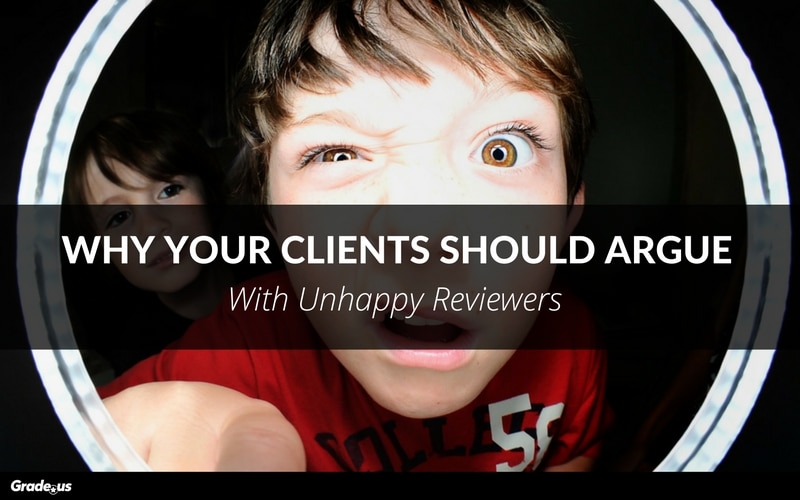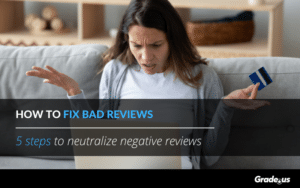Your client is in trouble.
An unhappy customer has just posted a nasty review about their experience with your client’s business. This customer decided posting a scathing review was better than talking to your client.
Naturally, your client is feeling frustrated. What’s worse, this disgruntled customer has decided to post variations of their review on multiple sites. They want the whole world to know how badly your client has messed up. And the best part?
This Unhappy Customer is Wrong
So wrong, in fact, the vast majority of the details in their review are false.
That’s right.
Their review is misguided and the information they’ve shared is incorrect, untrue or both. Their negative experience and their nasty review is based on a lie. This is the part where inexperienced business owners bungle their response.
They either (a.) feign empathy, then ask the customer to contact “support” so they can “take the conflict offline”

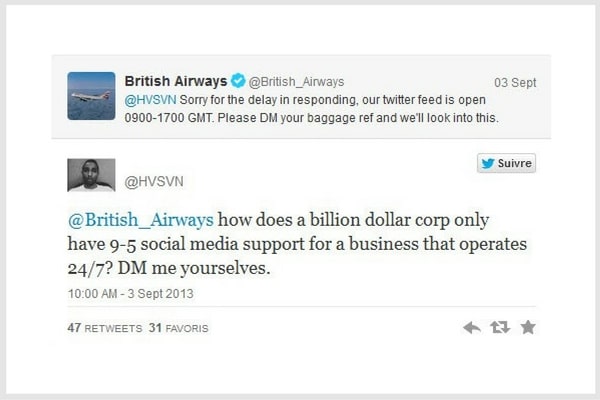
(b.) they start a fight with their customers, making the problem worse.
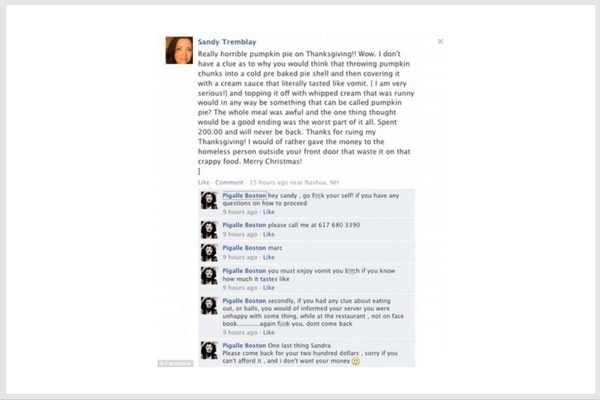
Or (c.) they become a doormat customers use and abuse to extract freebies, discounts and incentives.
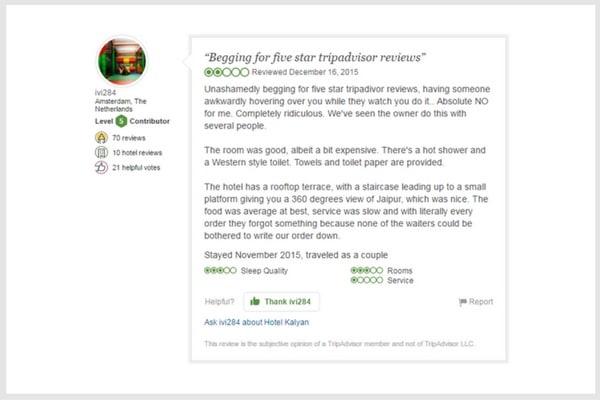
While these responses are fairly common, they often do more harm than good.
Negative Reviews are Harmful on Their Own
A negative review needs an answer. A counter to the objections customers have raised.
When a negative review is ignored it sends the message your client doesn’t care or that they’re preoccupied. A review that’s ignored leaves customers to form their own conclusions about your client’s business.
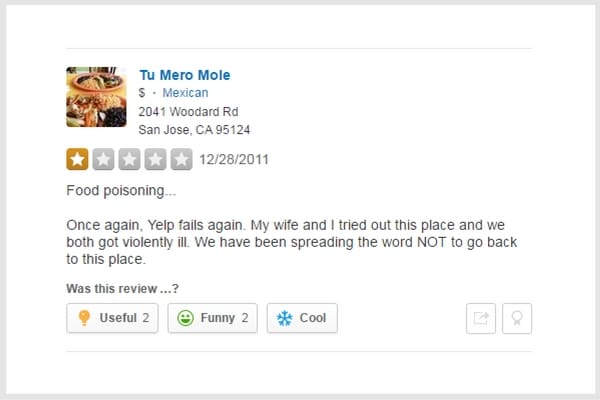
This usually means new customers are going to play it safe. They’re going to avoid your client’s business. No need to get involved with a business that doesn’t have their act together.
Fighting is even worse. Fighting with customers confirms a prospective customer’s worst fears. “If I sign up this is what happens when something goes wrong.” A hostile response from your client gives nasty reviews instant credibility.
Customers read into things, believing they’ll be treated the same way. They breathe a sigh of relief, realizing they’ve just dodged a bullet.
Arguing with Reviewers is How You Win Customers
Wait a minute.
“What do you mean by ‘arguing’ with reviewers? I thought you said fighting with reviewers was an absolute disaster!”
It is. Fighting is how you prove negative reviewers right.
Arguing is how you win over new customers. Arguing isn’t combative. This isn’t about your clients debating and crushing reviewers to assert their dominance. It’s an investigation.
When you argue with customers you’re focused on connecting with them in order to restore the relationship, and win onlookers over to your point of view. Here’s how you argue.
Empathize with the unhappy reviewer.
Put yourself in their shoes. What are they thinking? Why are they angry or frustrated? Empathize with them, show them you actually care.
Be transparent.
If there’s a potential conflict of interest, disclose it. If there’s a relevant connection or tidbit of information be upfront. If you screwed up in some way, own it. Remember, your response has an audience who’s putting together the story and deciding whom to trust.
Share the facts.
Disconnect negative emotion from your response. Respond with clear statements that are verifiable in some way. Share links to policies, procedures and evidence where appropriate.
Cite your sources.
Did customers not fulfill their end of the deal? Did the customer not show up at all? Prove it. Do it clearly, concisely and objectively.
Think things through.
Take the time to create a meaningful, well thought out response. Don’t rush through your response or badger reviewers.
Strike the right tone.
Always respond with kindness and respect (even if it’s not given). Fight for and protect the reviewer’s dignity even when they trample yours. Speak openly and honestly.
Target influential review sites.
Spend your time and attention on relevant sites with the most influence whether they’re a strong well known brand (e.g. Yelp or Amazon) or an up and comer with impressive search rankings. Prioritize your responses based on influence to maximize your results.
These response considerations set the tone for how future customers see your client. A nasty review that’s met with clarity and kindness creates contrast and a powerful witness that works in your client’s favor.
Unless the Reviewer is a Sadist
There are two types of reviewers your clients should do their best to avoid engaging with. These reviewers do their very best to amplify the damage they cause.
Some simply do it because they can, while others take pleasure in inflicting pain and punishment on others.
1. Trolls
A recent study uncovered evidence linking internet trolls to the “Dark Tetrad” of personality traits: narcissism, psychopathy and sadism. It’s your client’s suffering that brings them pleasure. What does this mean? The only way to fight them is to ignore them. Monitor their behavior, respond indirectly if you must, but avoid engaging them directly.
2. Ragers
These reviewers use anger to punish or control others. They use rants, raging, cruel comments, jokes or satire to hurt others. Their outbursts aren’t about resolution. It isn’t even about their unhappiness. It’s simply about punishing those around them who they feel have wronged them. Anything you say can and will be misinterpreted by a rager. They’ll use anything and everything you say to start a fight or provoke your client to anger. Keep clients from responding directly to their reviews, posts or updates. Monitor their posts for relevant/important information and comments.
Protect your clients from these toxic reviewers. “Argue” with misguided and unhappy clients, doing everything you can to restore the relationship.
Take Control of Your Story
Arguing requires discipline. It can make things worse if your client allows dysfunction to creep in. Sarcasm, passive aggressive behavior, name calling – these unhealthy behaviors tend to creep in when reviewers are hostile.
Help clients create emotional distance. Show them how to argue.
Customers who are misguided or unhappy don’t have to be a threat to your client’s business. The feelings of frustration, the mistakes that were made – they aren’t the whole story.
Your client has the power. Show them how to win negative reviewers and potential customers over. Slowly but surely your clients bring reviewers over to their way of thinking.
Your clients show customers they care and the best part? Their customers believe them.
About the Author
Andrew McDermott
Andrew McDermott is the co-founder of HooktoWin. He shows entrepreneurs how to attract and win new customers.

